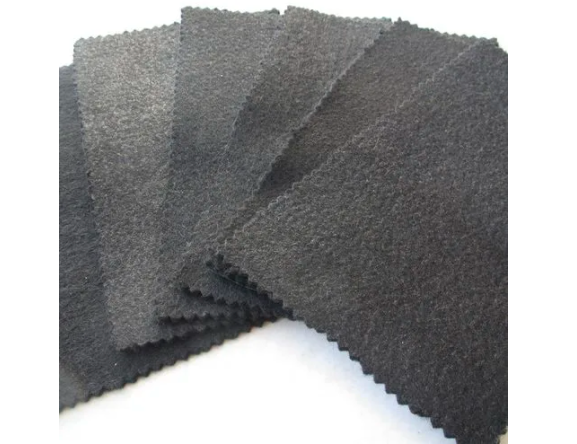- Understanding the Role of Geomembrane Liners in Waste Management
- Innovations in Geomembrane Liners for Water Management
- Geomembrane Liners: A Comprehensive Guide
- The Future of Geomembrane Liners in Civil Engineering
- Geomembrane Liners: Enhancing Landfill Stability
Manager:
WhatsApp:+86 177 0135 2670
Tel:+86 177 0135 2670
Email:marketing@okorder.com
Address:3rd Floor, No.2 Building, No.1 Sanlihe Road
The Multifaceted Protection: A Chronology through Geotextile Fabric
In the most complicated of all businesses in building science, geotextile fabric emerges as an unsung hero, versatile and strong material that has many applications. When it comes to modern infrastructural works, these are fabrics that go unnoticed. This article has been written to show what geotextile fabric is and how it can be used in various applications to our built environment.
Fabric strength: An Introduction to Geotextile Fabric
Geotextiles are permeable textile materials used with soil, rock or any other similar materials offering separation, filtration, reinforcement, protection or drainage functions. The name “geo” in geotextile fabric suggests that it could interact with the earth since the word refers to a ground or land.

Woven against nonwoven narratives
Generally, manufacturing process for geotextile fabric follows the usual methods of producing textiles resulting into woven as well as non-woven products. Woven ones known for its strength and durability make them widely used which accounts for a significant proportion of all geosynthetics; however some others such as non-woven types are bonded either by chemical action or heating processes mainly used for separation and filtration purposes.
Applications without borders: The Many Roles of Geotextile Fabric
Geotextiles have unlimited number of uses across various industries hence its versatility is evident. In civil engineering this includes soil improvement and reinforcement especially during road construction (Nahmens & Pinto 68). Landfills harbors among other infrastructure projects that need soil separation and erosion control heavily rely on them.
Environmentally Friendly Geocomposite Fibers
Environmental impact of geosynthetics like geo-textiles is an important aspect in sustainable construction nowadays. Natural fibers such as jute, sisal flax etc., which make up biodegradable fibers used in natural fiber geosynthetics, are environmentally friendly alternatives to synthetic geotextiles. These materials are a renewable source and also help in reducing the carbon foot print of construction projects.
Market Trends: The Increasing Demand for Geotextile Fabric
The global geosynthetics market has been forecasted to grow at a steady rate as it is driven by the global demand for improved soil characteristics and growing applications of geosynthetics. This is true especially because developing countries have been using them widely due to strong infrastructure expansion.
Personal journeys: Grounding the self
One thing that I can say from my experience with this material in different projects is that I respect it very much. My mind was opened up to new dimensions of construction and engineering by its versatility, strength and environmental benefits allowing me to deeply appreciate such fabrics’ role toward establishing sustainable and resilient built environments.
Love For Sustainable Innovations
For me, my journey through the world of geosynthetic fabrics has been one of discovery and motivation. This serves as a reminder about innovation’s strength as well as the importance of quality in everything we do. It is apparent that these materials could be used to revolutionize construction approaches while ensuring conservation, putting more efforts in doing more studies so that I may engage on this field even more.
In Conclusion: The Everlasting Influence of Geotextile Fabric
Consider the ‘geotextile fabric’ and it is not just a substance with specific use but a symbol of our dedication to progress and nature. So as we design new versions or conduct this experiment on these materials, it is about more than just technology; it is also about the future of our planet and all life in it.
The “geotextile fabric” can be considered a model for us to adopt where building practices are effective at the same time caring for the environment. Let’s appreciate such natural materials as they contribute to our pursuit for an ecologically friendly, durable planet that works much better for us all.
- Previous:The Significance of “Precio de Geomembrana por m2 en Guatemala” and its Role in Sustainable Development
- Next:A Personal Exploration of “Non Woven Geotextile Fabric”






